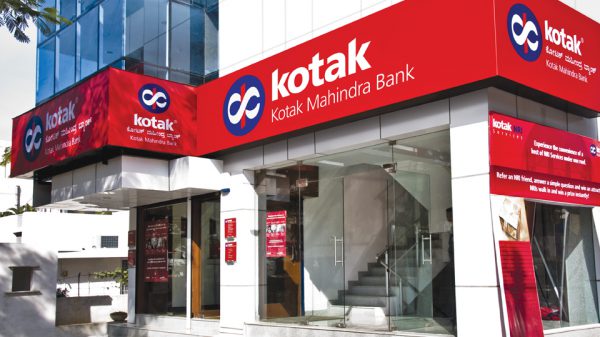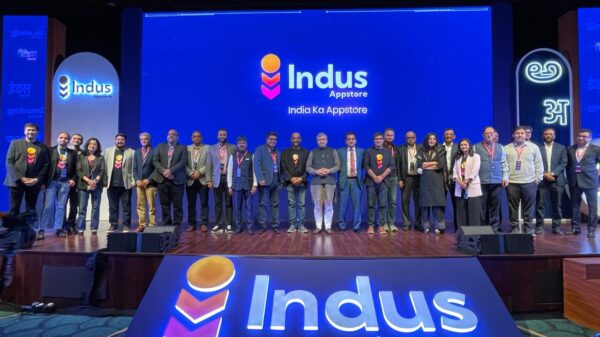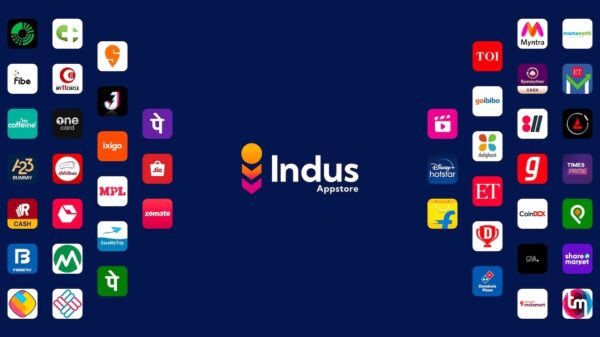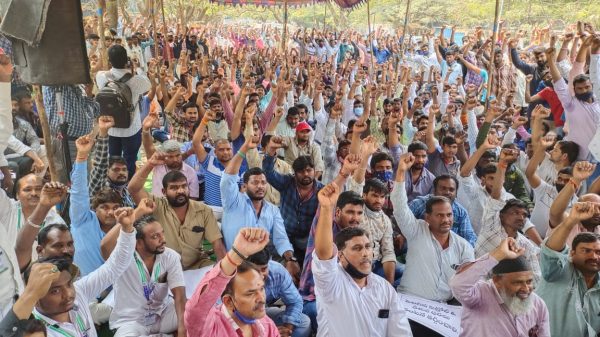This is the first of a two-part story about what took place at the Open House conducted by the National Health Authority on the Unified Health Interface, Healthcare Professionals Registry, and Health Facilities Registry. On September 6, multiple participants of the National Digital Health Mission ecosystem joined a zoom call for an Open House on various NDHM layers. Three members of the National Health Authority were already logged in — Addl. CEO Praveen Gedam, Consultant Anand Ravindran and, in a breakaway from other previous events, NHA CEO R.S. Sharma. During the course of the session, Sharma took a few questions on the proposed building blocks of the NDHM while sharing some thoughts on how the blocks are drawn from the financial sector. He also commented on borrowing from international models to build the health mission. Sharma's remarks at the event are useful in connecting the dots between the government's proposed digital health infrastructure and India's unified payments interface. Background: The NDHM envisages a layered digital health infrastructure comprising Health IDs, health facilities registry, healthcare professionals registry, teleconsultations, etc. Launched last year by Prime Minister Narendra Modi, an NDHM pilot project is currently underway in 6 Union Territories. Over 11 Crore Health IDs have already been issued under the digital health mission. On using international examples to build the NDHM Sharma went on a bit of a rant when one of the participants recommended the NHA take cues from sophisticated financial models across the world. Unfortunately, Sharma probably did not hear the…





























